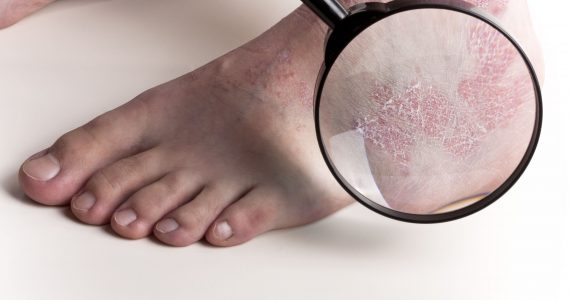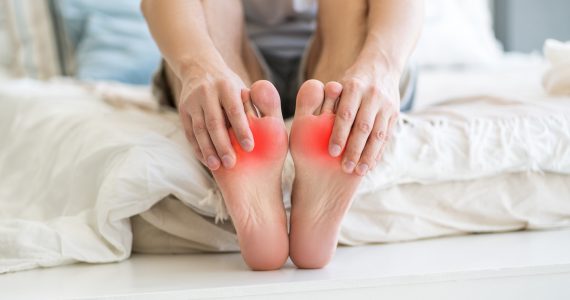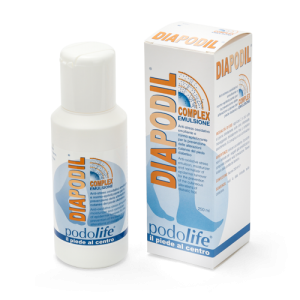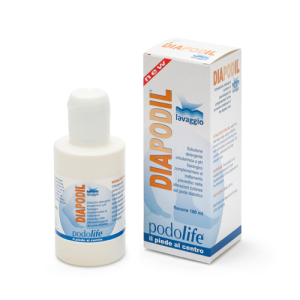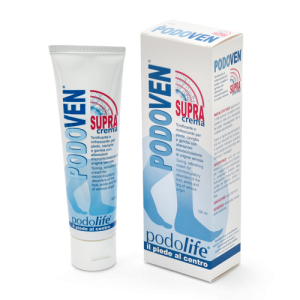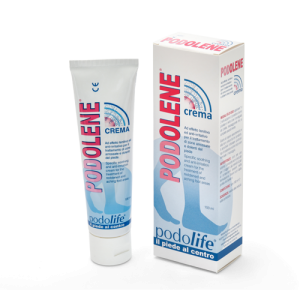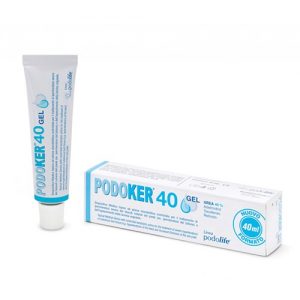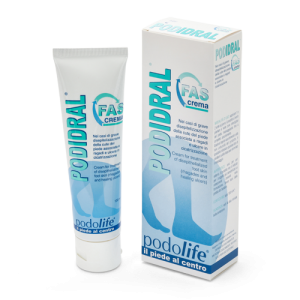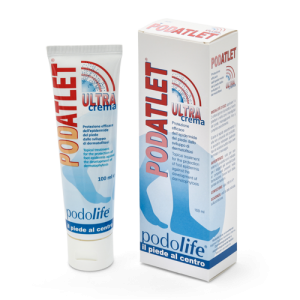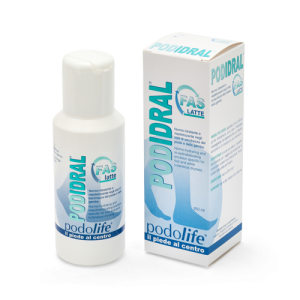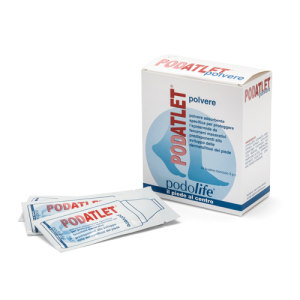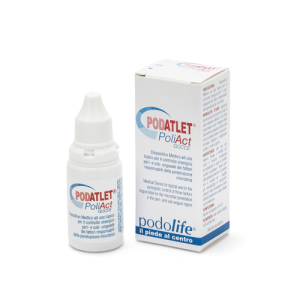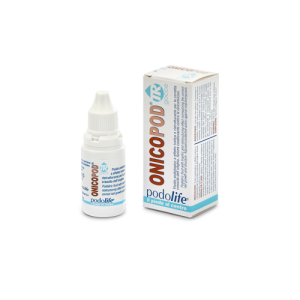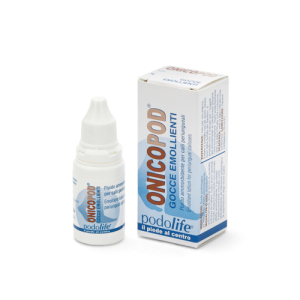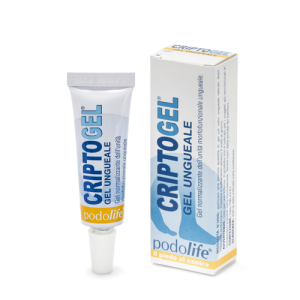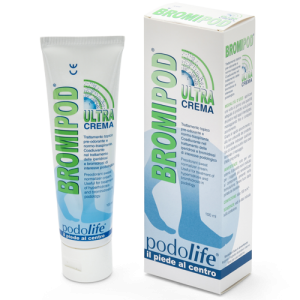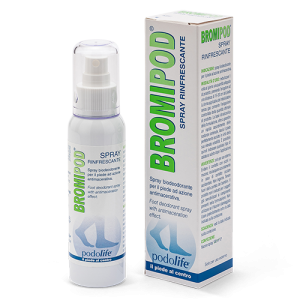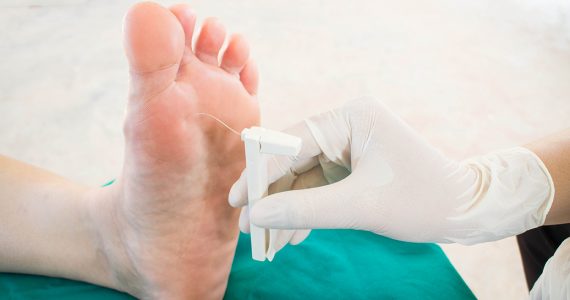
The specific therapeutic approach to treating diabetes, and associated comorbidities (e.g. alteration to the tissues in the feet), is multidisciplinary as the diagnosis requires the assessment of more than one healthcare specialist (Diabetologist, Podiatrist, Surgeon).
Patients suffering from diabetes should follow all the instructions given by the Specialist to put into practice an effective prevention program aimed at minimising, primarily, the risk of foot ulcers which are often necrotising.
One of the biggest problems facing diabetic patients, with regard to problems of the feet, is an alteration in the sensitivity to pain and to temperature no longer felt properly; as a consequence the sufferer tends not to notice the presence of any skin conditions which if ignored will predispose the tissues to skin ulcerations.
The first line strategic therapy towards skin ulcerations of the foot is without doubt of a conservative/preventive nature.
The use of topical emulsion preparations – to be applied to the area of skin that is affected but not yet ulcerated – containing ALIAmides (Adelmidrol) guarantees:
- the natural metabolic reinforcement of the keratinization process (reinforcement of the skin layers);
- maintenance and reconstruction of the natural functional hydrolipid barrier (a protective effect towards the contamination of pathogenic microorganisms that cause infection);
- control of the skin neuro-inflammatory component (typical in diabetic neuropathies) with a consequent improvement in the sensitivity to pain and temperature stimuli.
A lack of or inadequate control of skin conditions make the tissues prone to ulceration, especially on the sole of the foot. The treatment of active ulcerations that are difficult to heal is based on 3 basic points:
- local treatment of the wound;
- the treatment of any infection;
- providing relief for the ulceration.
Failure to medicate an ulcerated wound on a diabetic foot drastically cuts down the chances of recovery, exposing the sufferer to the risk of gangrene followed by possible amputation of part of the foot.
Local treatment of the wound
In diabetic patients, caring for the ulcer/wound is an essential procedure to be adequately implemented. The treatment must be aimed at:
- Cleaning/disinfecting the wound by washing it with a physiological solution;
- Applying a hydroglycerin gel containing ALIAmides to maintain adequate hydration, at the same time promoting the physiological re-epithelialisation processes; the gel formulation applied to the damaged skin must be:
- sterile;
- isotonic, and therefore incapable of causing damage to the nerve cells, endothelial and tissutal.
- Applying a non-adherent and absorbent medication in the presence of considerable exudate. Dressings with solid state hydroglycerin gel are available on the market that can guarantee:
- excellent absorption of inflammatory exudates;
- natural transpiration for the area where it is applied;
- the creation of an environment that discourages bacterial growth;
- non-traumatic protection of the injured area, without damaging the tissues being repaired.
- Besides the medication, an elastic compression bandage must be worn up to knee height.
The treatment of any infection
The onset of infection around the ulcer requires urgent antibiotic treatment in order to reduce the risk of gangrene and amputation of the limb. In general, patients suffering from diabetic foot with infection in progress are given intravenous injections of broad-spectrum antibiotics (e.g. penicillin, metronidazole and aminoglycosides).
Moderate or mild infections can instead be treated by medicines administered orally (the patient must in any case be hospitalised for a few days). Sterile gauzes and/or dressings of hydroglycerin gel are useful for stopping any small haemorrhages caused by injuries, wounds or ulcers, and therefore preventing any bacteria from getting into the wound.
Invasive treatment involving the surgical removal of infected tissue is inevitable where gangrene is present.
Relieving the ulceration
Plantar and digital orthoses in diabetic patients play a very important role and are used both for the prevention (primary and secondary) and for the treatment of ulcerative lesions. Digital and plantar orthoses made of silicone (by poly-addition) play a fundamental role in relieving, compensating, counterbalancing and even correcting structural alterations to the toes and the sole of the foot.
Further reading:
The feet of diabetic patients

